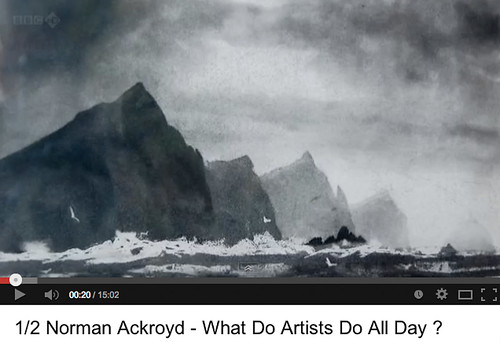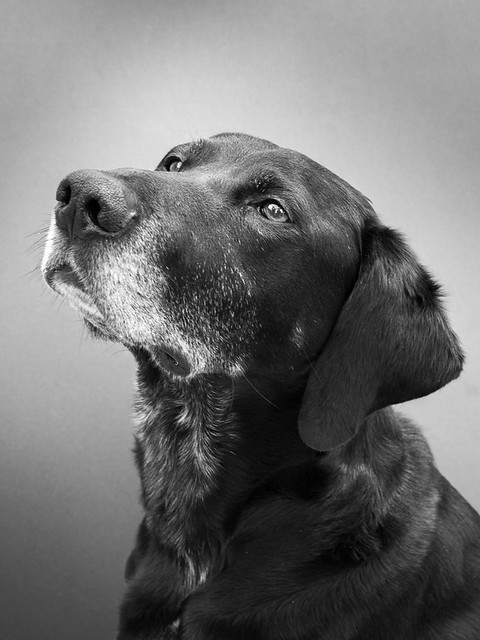Given my more recent interest in photography, I too now find myself going to photographic exhibitions or art galleries to see what I can learn from other artists work. To me it does not matter whether they are photographs, paintings, a piece of sculpture or some form of mixed media. They are all an expression of an individual's art form, their interpretation of a scene or an object, using a wide variety of different techniques, materials, colours and composition to produce a piece of art. Which brings me nicely on to the artist I want to write about in this entry - namely Norman Ackroyd CBE, RA.
It was relatively recently that I discovered his work when I watched a programme about him in a BBC series called 'What do artists do all day'. Born in Leeds in 1938, he is one of Britain's foremost landscape artists, primarily known for his work in aquatint, a form of etching and also known as intaglio printing. The process uses acid to make marks in a metal plate, usually copper or zinc, and is combined with powered rosin to create a tonal effect. It is well worth watching the two parts of the programme to see how Norman Ackroyd produces his prints.
Click on the screen grabs above to see the programme 'What do artists do all day' featuring
Norman Ackroyd or Click here to see part 1 and click here for Part 2 - both on You Tube.
I was inspired by his work, his skill and artistry as well as his chosen subject matter - the far flung coastal regions of the British Isles. Places where the land meets the sea in wild and dramatic parts of the country. I wanted to know more about him, the techniques he employed and to see more of his work. I visited the Summer Exhibition at The Royal Academy in London last year, only to discover that he was one of the co-ordinators. A few of his prints were on display and although I might have been tempted to buy one of them, I resisted but I did purchase a wonderful book entitled 'A Line in the Water' a collaborative work with the poet Douglas Dunn. There are some 80 very well produced plates in the book, a few of which I have photographed for the purposes of this blog entry. The book is published by the Royal Academy and is on sale here.
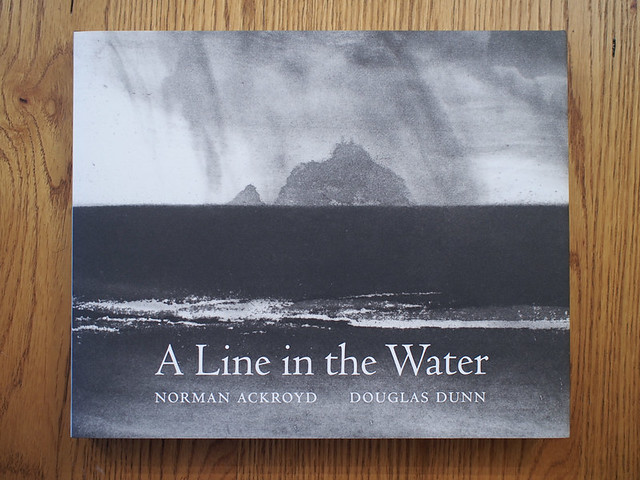 |
| A Line in the Water. |
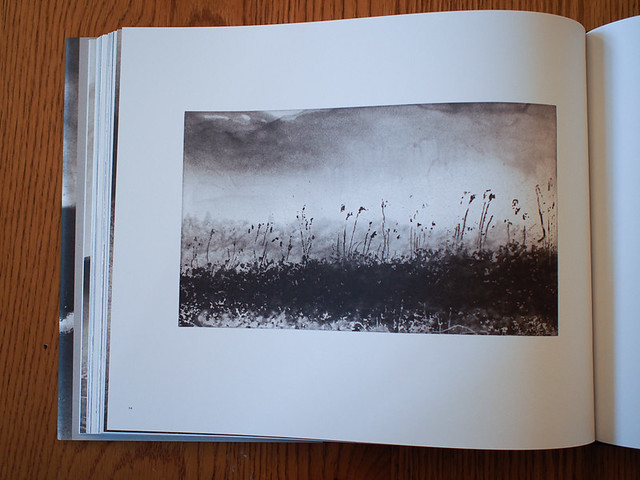 |
| Stiffkey Freshes North Norfolk Coast |
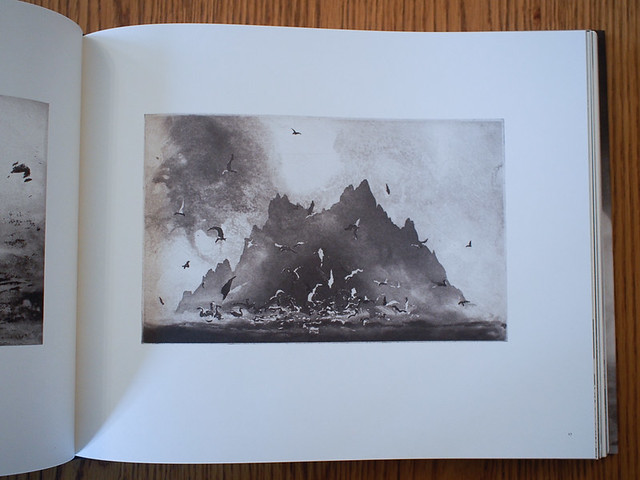 |
| Atlantic Sunlight Kerry |
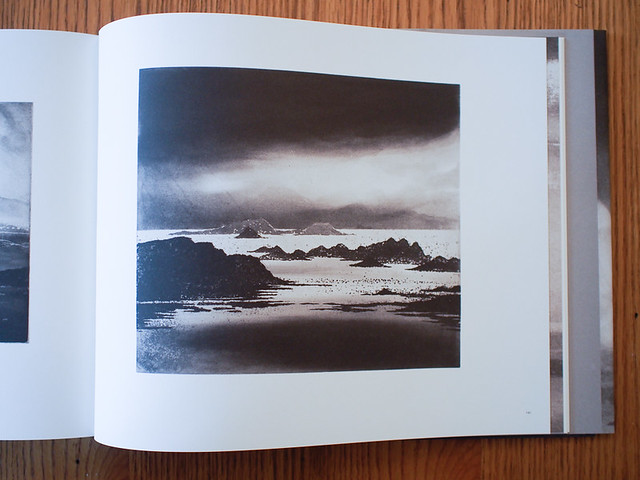 |
| Summer Isles Wester Ross |
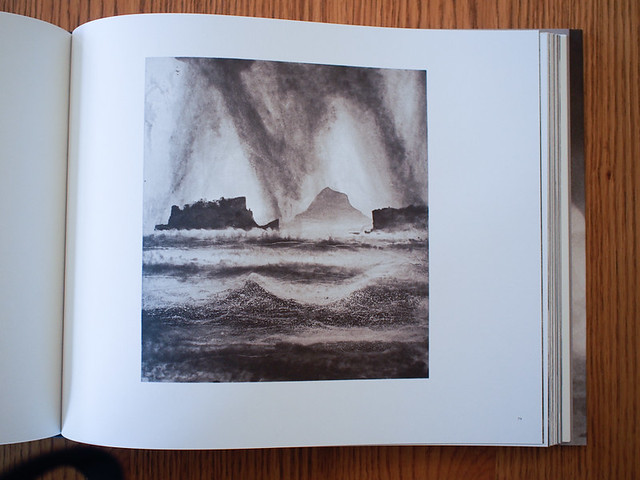 |
| Tretnish Isles Hebrides |
Given my love of black and white photography and the remote landscapes of the UK, it is hardly surprising that his work appeals to me so much. They are inspirational and the idea of taking my own photographs in some of these truly beautiful and atmospheric locations is hugely enticing. One day perhaps……………. but for the time being I shall just enjoy turning the pages of this very special publication.

